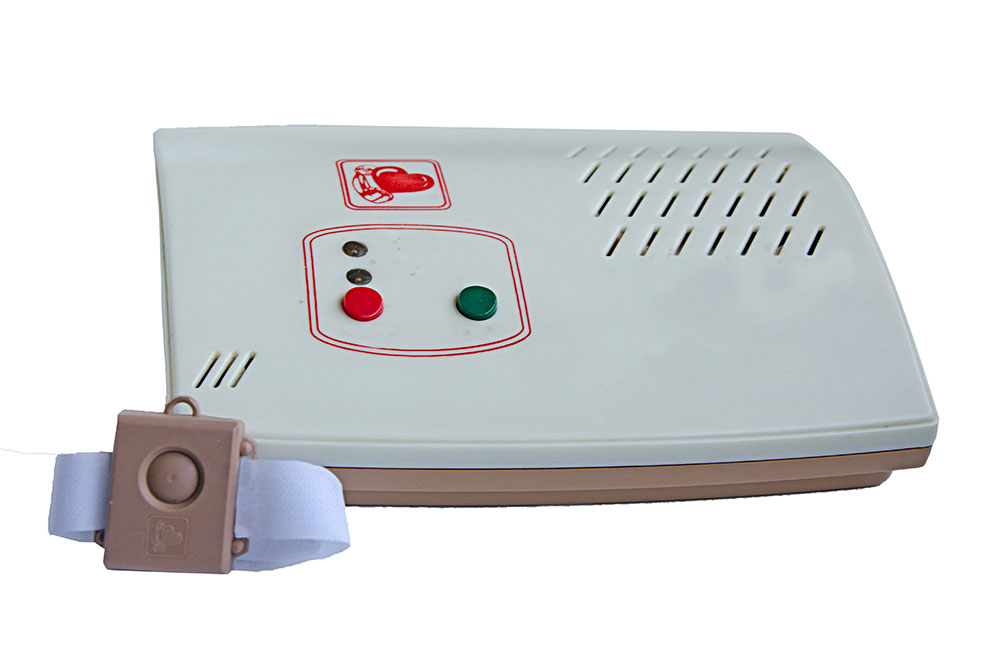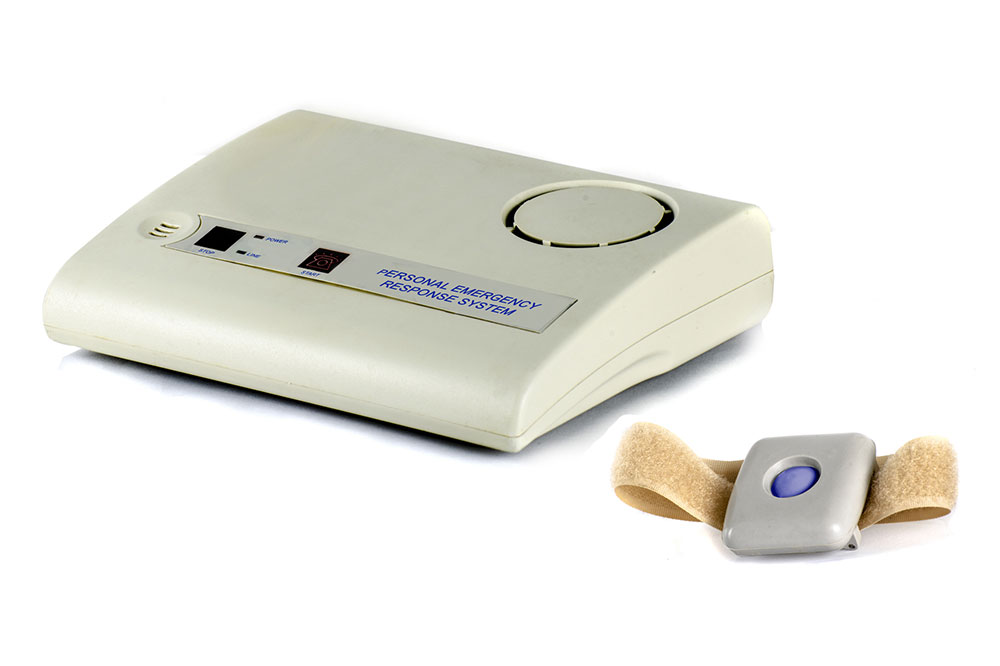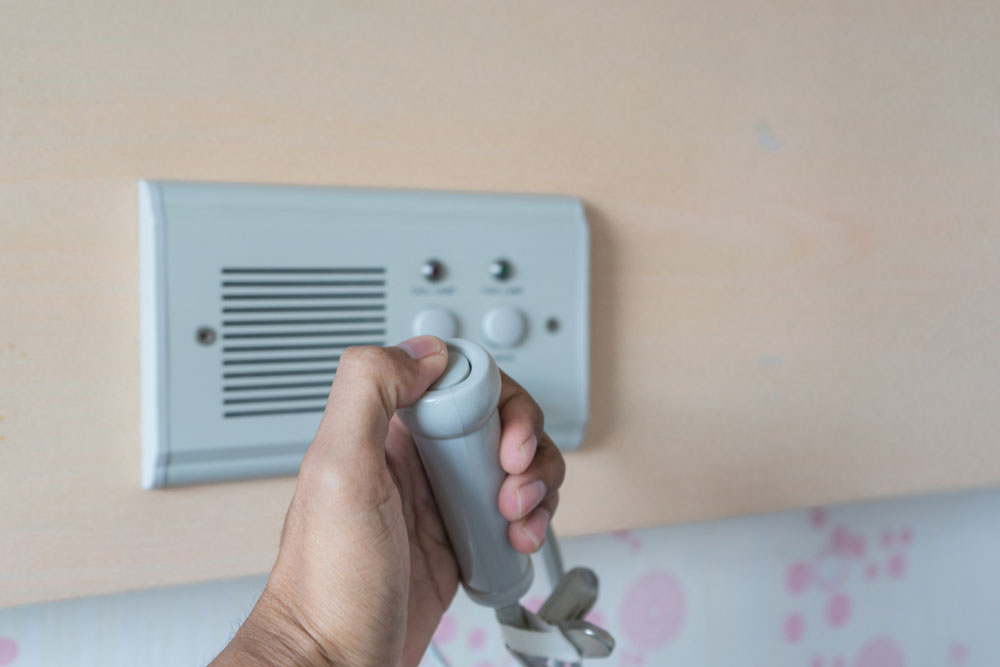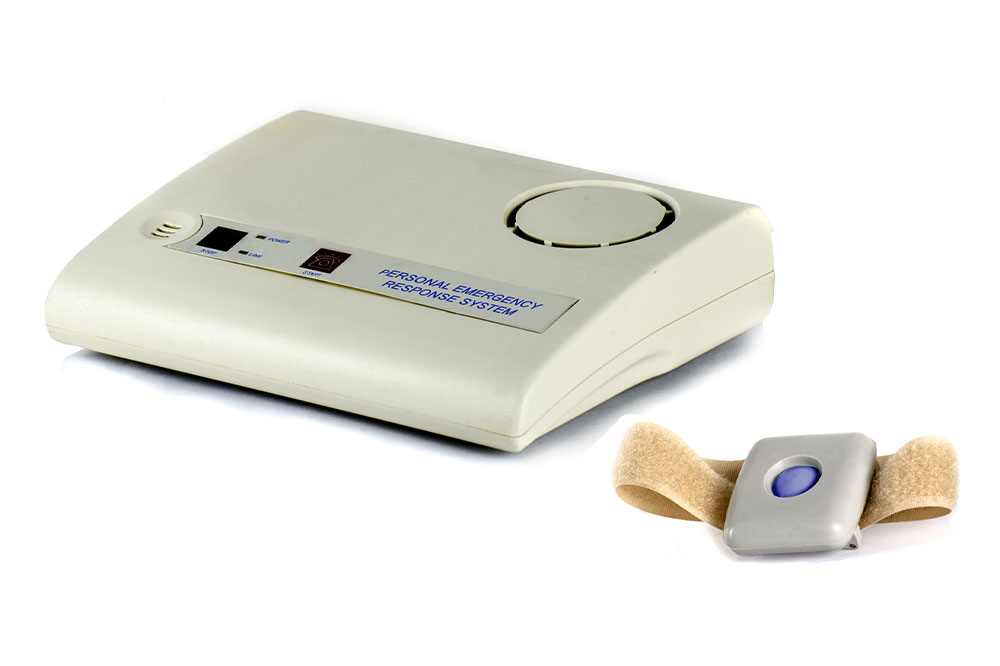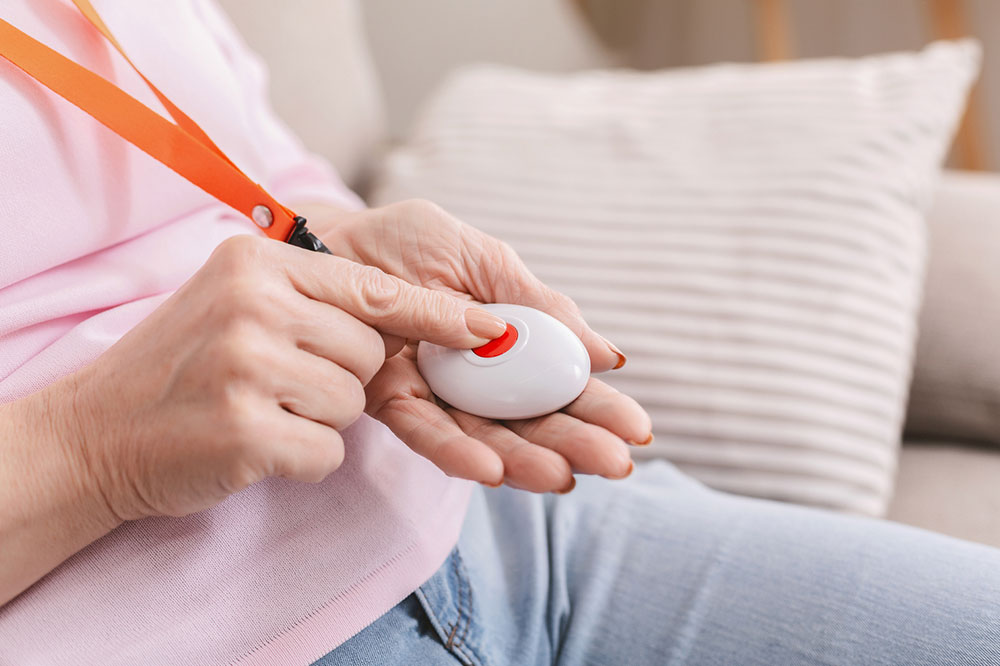Comprehensive Guide to Selecting the Best Portable Emergency Medical Alert Systems for Seniors
Discover the essential guidelines for selecting the best portable emergency medical alert systems. This comprehensive guide covers key features, safety considerations, and cost factors to help seniors and their families choose reliable devices that ensure safety and independence. From wearable options to GPS-enabled systems, learn how to select the ideal emergency alert device tailored to individual needs, enhancing peace of mind and emergency preparedness.

Comprehensive Guide to Selecting the Best Portable Emergency Medical Alert Systems for Seniors
Ensuring safety and independence for elderly loved ones is a primary concern for families and caregivers. Portable emergency medical alert systems, also known as personal emergency response systems (PERS), have become vital tools in providing immediate help during health emergencies. These devices are designed to offer rapid response, reliable safety features, and ease of use, making them indispensable for seniors wishing to maintain their autonomy while enjoying peace of mind. With a wide array of options on the market, choosing the right system can seem overwhelming. This comprehensive guide aims to provide thorough insights into key considerations, features, and tips for selecting an emergency alert device tailored to individual needs.
Priority should be given to personal requirements when exploring different alert systems. For seniors prone to falls or with mobility challenges, wearable devices such as pendant or wristband alerts that include emergency call buttons are ideal. If ongoing health monitoring, medication reminders, or vital tracking are necessary, opt for devices that integrate these features seamlessly. For active seniors or those who spend considerable time outdoors or driving, GPS-enabled systems with real-time location tracking and activity monitoring can provide added security. Sometimes, additional functionalities like home security integration, fitness tracking, or regular check-in services enhance overall safety and convenience, ensuring comprehensive support in daily life.
In terms of features, the range of connectivity is crucial—effective systems should support long-range communication, ideally up to 400 feet, allowing users to call for help even when away from their base station. Backup power options are equally important, ensuring the device remains operational during power outages or emergencies. Multiple contact options, including landline, cellular, or Wi-Fi, provide flexibility, whereas easily accessible help buttons reduce response time during critical moments. Devices that are waterproof, lightweight, non-intrusive, and comfortable to wear are preferable for continuous daily use. Durability, ease of operation, and user-friendly interfaces are vital factors that influence long-term satisfaction and safety.
Another significant aspect to consider is the cost. While affordability is essential, it should not compromise quality or essential features. It is important to evaluate the total cost of ownership, including initial purchase price, shipping fees, installation charges, subscription plans, maintenance, and potential repair costs. Reputable brands with transparent pricing policies are recommended, as they provide peace of mind and reduce the risk of hidden charges and service interruptions. Avoiding overly complicated fee structures helps ensure a hassle-free experience. Ultimately, selecting a trusted provider with excellent customer service, comprehensive warranties, and responsive support can substantially improve overall satisfaction with the emergency alert system.
In summary, choosing the right portable emergency medical alert system involves understanding individual health and lifestyle needs, evaluating the essential features and functionalities of devices, and considering both cost and reliability. Whether the priority is fall detection, health monitoring, location tracking, or ease of use, the ideal system should provide safety, independence, and peace of mind for seniors and their families. By carefully assessing these factors and selecting a reputable provider, users can ensure they are well-protected and confident in utilizing these lifesaving devices during emergencies.
